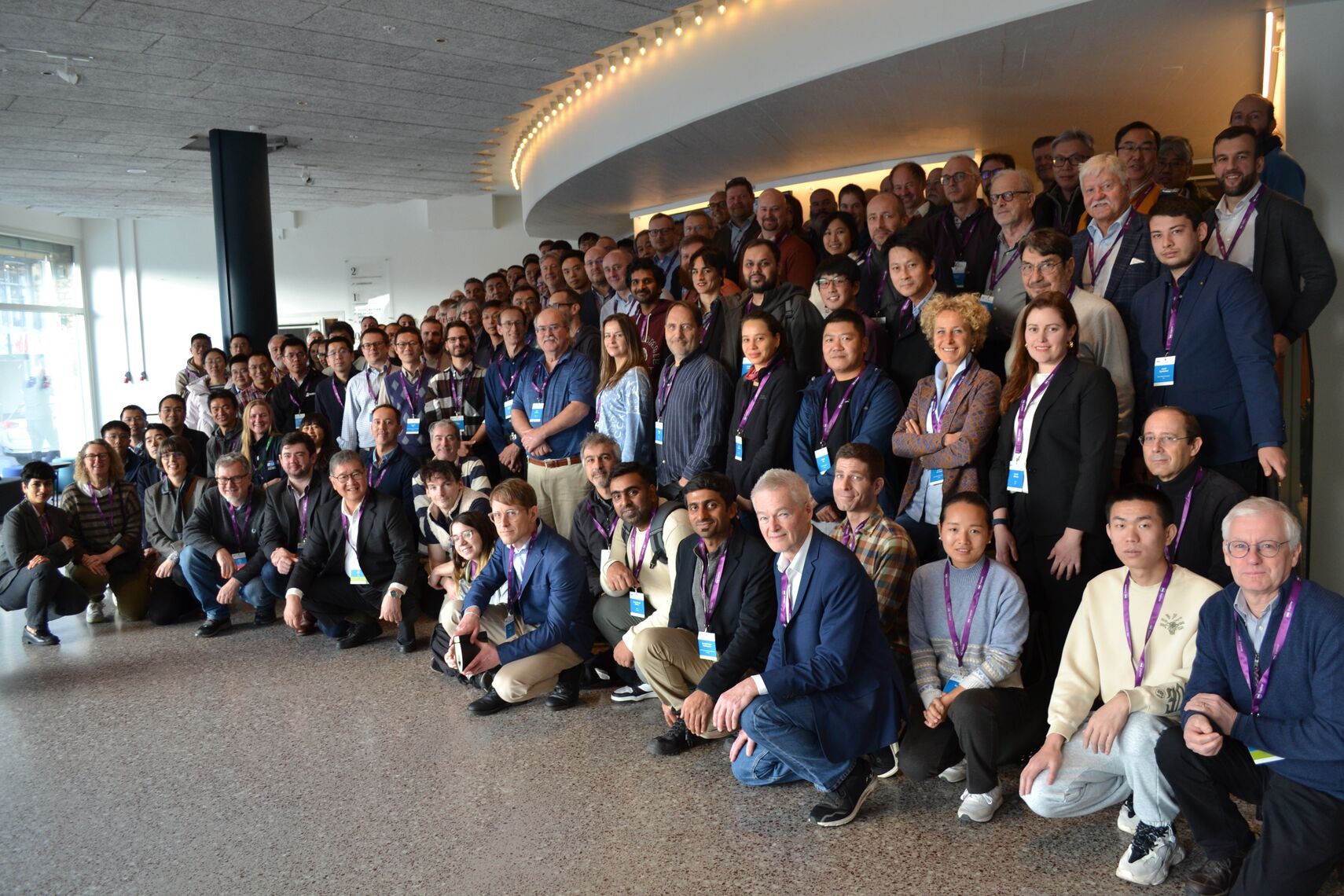
The TESLA Technology Collaboration Meeting brought 180 leading experts in Superconducting Radiofrequency (SRF) technology to Lund for discussions that will shape the future of particle accelerators.
From 11 to 15 November, ESS hosted the TESLA Technology Collaboration (TTC) Meeting in Lund's Stadshallen, welcoming 180 participants from 14 countries. This gathering marked one of the most well-attended TTC meetings in a decade, underscoring the growing momentum within the SRF community.
The TTC, founded in 1990 to explore the feasibility of linear colliders using SRF technology, has evolved into a global network of over 60 institutions from 17 countries. Its mission is to drive advancements in SRF accelerator R&D while fostering open collaboration, knowledge-sharing, and innovation in the field.
Key highlights from the TTC meeting included:
- Global Updates: Presentations from SRF accelerator facilities worldwide, including ESS, which opened the plenary session with a report on its readiness for technical commissioning.
- Future-Focused Discussions: A special session explored SRF technology's long-term prospects, delving into topics like high-Tc SRF cavities, quantum qubits, and SRF applications in axion detection.
- Operational Insights: Dedicated working groups tackled operational experiences with cavities and cryomodules, promoting shared learning and efficiency.
- Inspirational Talks: Nobel laureate Anne l’Huillier from Lund University discussed attosecond pulse research, and Valentina Santoro explored ESS’s particle physics potential through the HIBEAM/NNBAR programme.
- Exclusive Access: Attendees were among the last to tour the ESS tunnel before its commissioning phase begins.
The meeting reaffirmed TTC’s important role in advancing SRF technology, as recognised in a 2020 CERN Courier article, which also highlighted ESS’s contributions to high-gradient SRF cavity development.
























